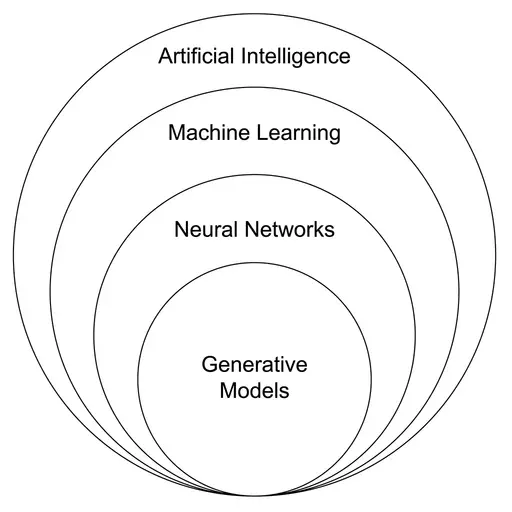Prompt engineering in AI is the practice of designing and refining prompts
These are questions or instructions to elicit specific responses from AI models.
Think of it as the interface between human intent and machine output.
Prompt engineering is important because it can help us to improve the performance, reliability, and safety of AI models.
It can also help us to use AI models in new and creative ways.
Here are some of the basics of AI prompt engineering:
- Be clear and specific: Your prompt should be clear and specific about what you want the AI model to do. Avoid using vague or ambiguous language.
- Provide context: Provide the AI model with as much context as possible about the task you want it to perform. This will help the model generate more relevant and accurate responses.
- Use examples: If possible, provide the AI model with examples of the desired output. This will help the model to learn what you are looking for.
- Be creative: Don’t be afraid to experiment with different prompts and see what works best. There is no one-size-fits-all approach to prompt engineering.
Here are some tips for improving your prompt engineering skills:
5. Learn about the AI model you are using: Different AI models have different capabilities and limitations. It is important to understand the capabilities of the model you are using in order to design effective prompts.
6. Use feedback: Once you have generated a response from the AI model, review it carefully and provide feedback. This will help you to improve your prompts over time.
7. Share your work: There is a growing community of prompt engineers who are sharing their work and insights. Sharing your work can help you to learn from others and improve your skills.
Prompt engineering is a powerful tool that can help us improve the performance and capabilities of AI models. By following the basics of prompt engineering, you can design prompts that will help you get the most out of AI.
Here are some examples of AI prompts:
Question answering: Write a poem about a cat sitting in a tree.
Translation: Translate the following sentence into Spanish: “I am happy to see you.”
Code generation: Write a function in Python that takes a list of numbers and returns the average.
Creative text generation: Write a story about a robot who falls in love with a human.
Prompt engineering is a rapidly evolving field, and there are new techniques and best practices being developed all the time. If you are interested in learning more about prompt engineering, there are many resources available online and in books.
Image credit:
The Original Benny C, CC BY-SA 4.0, via Wikimedia Commons

